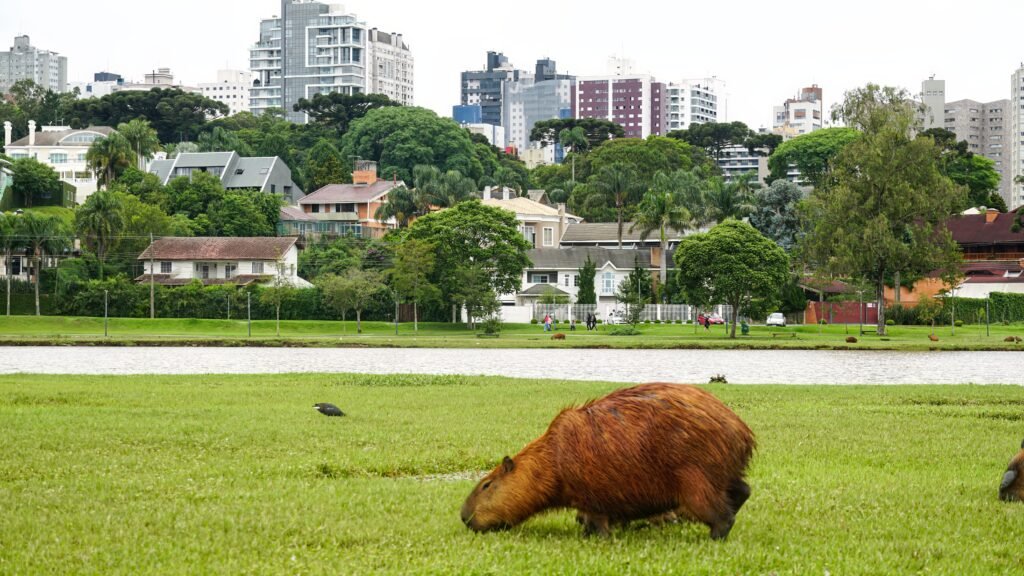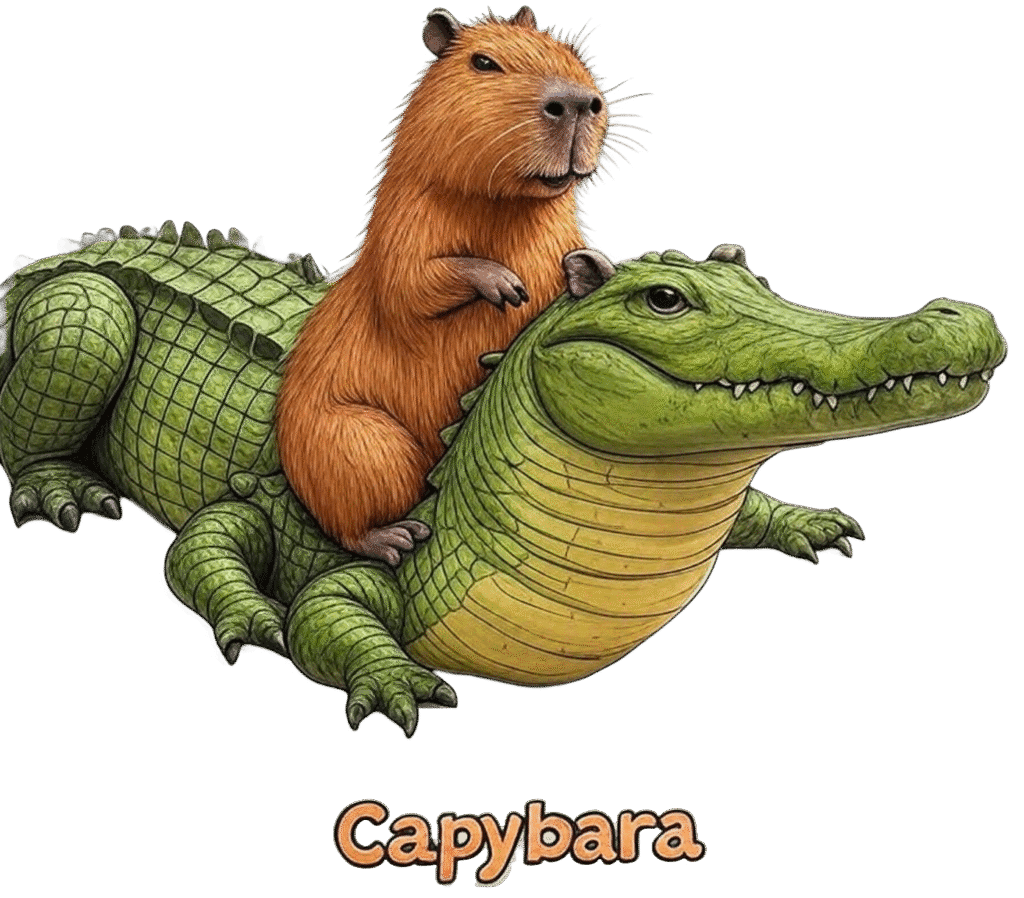The Class Warriors of the Wetlands: How Argentina's Capybaras Became a Symbol of Struggle
Updated August 10, 2025
The capybara, a peaceful, semi-aquatic rodent known for its tranquil demeanor, is a global internet darling. But in Argentina, this humble creature has become something far more significant: a potent symbol of class struggle and environmental justice. The unlikely battle between these giant rodents and the wealthy residents of a luxury gated community went viral, sparking a national debate that revealed a deeper social and political divide.
We’ll explore the dramatic “invasion” of a wealthy neighborhood, the reasons why these animals became a powerful metaphor, and what this strange and compelling event tells us about the complexities of urban development, conservation, and inequality.

The Scene: Nordelta, Argentina’s Luxury Enclave
To understand the story of the capybaras as “class warriors,” you first have to understand Nordelta. Located north of Buenos Aires, Nordelta is a sprawling, affluent gated community built on what was once a vast wetland. Developers transformed the natural capybara habitat, draining swamps and digging artificial lakes to create an idyllic, exclusive lifestyle for its residents. For over two decades, Nordelta was seen as a triumph of modern urbanization, a pristine and manicured world set apart from the rest of the city.
For years, the native capybara animal, locally known as the carpincho, lived quietly on the fringes of this development. While their numbers had initially been decimated by the construction, the absence of natural predators like jaguars allowed their population to slowly rebound. For the most part, the humans and the carpinchos coexisted without much conflict. That is, until 2021.
The “Invasion” and the Rise of the Capybara Meme
During the COVID-19 pandemic, with human activity at a standstill, the capybara population boomed. Suddenly, hundreds of capybaras, emboldened by the quiet, began to reclaim their old stomping grounds. They munched on expensive, manicured lawns, grazed on golf courses, and became an undeniable presence in the community. Residents began to complain, citing damage to their gardens, traffic issues, and even incidents where the large rodents had confronted their small dogs.
As news of the “capybara invasion” spread, it was met with a very different reaction online. The working-class of Argentina and environmentalists alike saw the situation not as an invasion, but as a righteous act of reclamation. The capybara meme machine went into overdrive. Images and videos of the animals calmly taking over the golf courses and lawns of the wealthy were captioned with jokes about revolution, socialism, and nature’s revenge. The capybara, with its serene, unbothered expression, became a symbol of the underdog fighting back against the powerful.
The Deeper Meaning: A Symbol of Class and Environmentalism
The humor and viral fame of the capybara Argentina story were rooted in a very real, and very serious, national debate. To many Argentinians, the Nordelta development represented everything that was wrong with the country’s social and environmental policies. The rich had taken over natural land, destroying a vital wetland ecosystem in the process, and then complained when the native animals tried to return.
This was seen as a powerful metaphor for the wider social chasm in Argentina. The gated walls of Nordelta separated its residents from the rest of society, creating an exclusive bubble of wealth. The capybara, therefore, became a symbol for the excluded the working class, the poor, and nature itself pushing back against the privileged.
Environmentalists also used the opportunity to highlight the devastating impact of such urban developments on wetlands, which are crucial for biodiversity, water filtration, and flood control. The capybaras were not the problem; they were a symptom of a much larger ecological crisis.
The Aftermath: Coexistence, Control, and Continued Debate
The viral story forced the hands of the authorities, who were caught between the irate residents of Nordelta and the national sentiment that favored the capybara. While some residents called for the animals to be removed or culled, many others, including some locals, argued for a more humane approach.
The debate led to discussions about a sterilization program to control the population and the possibility of creating a protected area for the capybaras. The conflict forced a conversation about coexistence, a difficult and ongoing challenge. It became clear that the issue wasn’t as simple as an “invasion”; it was a question of who has the right to a piece of land and at what cost.
More Than Just a Meme: The Lasting Legacy of the Carpincho
The saga of the Nordelta capybaras is a perfect example of how the animal kingdom can reflect our own social issues. The gentle, giant rodents were turned into a symbol of a movement, their serene presence a source of humor, inspiration, and a rallying cry for justice.
For those who love capybara fun facts, this story offers a powerful new perspective. The seemingly simple capybara is a creature of immense resilience, whose very existence became a statement on class, wealth, and the environment. It is a reminder that behind every capybara cute image, there is a complex natural world that is often at odds with the human one. The carpincho of Argentina, with its calm eyes and powerful legs, proved that sometimes, the most peaceful creatures can lead the most profound revolutions.
